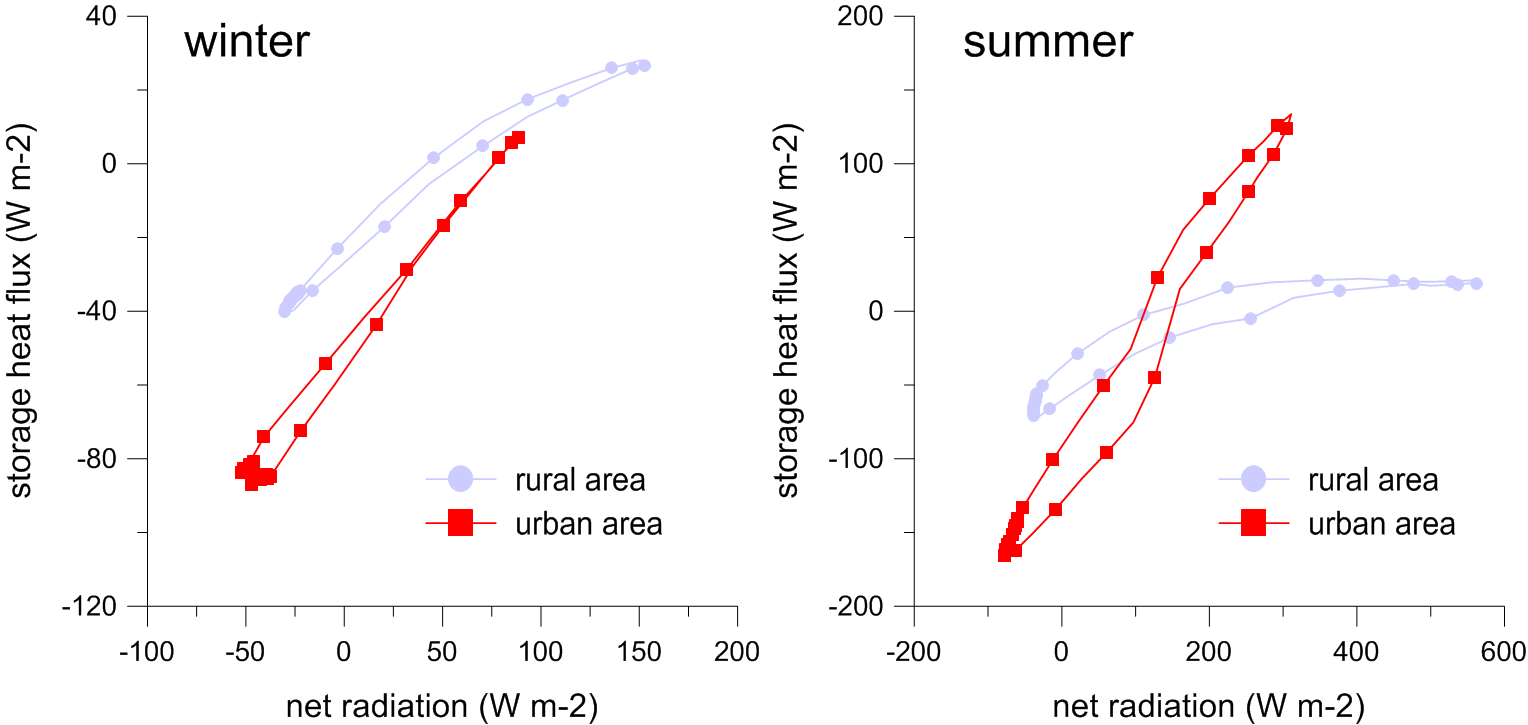A Reflection by CMCC Foundation – REMHI Division
Climate change, heat waves & the Urban Heat Island effect
The impacts of climate changes are expected to be highly different according to geographical areas, local features and socio-economic conditions, affecting, in a remarkable way, the poorest countries and needier sections of the population. It is now known how cities could experience deteriorating quality of life, posing tough challenges to the urban communities; briefly, increases in i) heat waves, worsened by increased warming characterizing anthropic built environments (UHI, urban heat island), ii) air pollution, and iii) extreme weather related risks are sharpened by urban geometries and high exposure.
Heatwave impacts
In recent years, the effects of heatwaves have interested different areas and large numbers of the population. Generally speaking, according to Oke et al. (2017), there is not an absolute definition of a heat wave: indeed, it refers to a sustained period of unusually high temperatures and then depends on the microclimatic background (e.g., geographical context, the climate at the local scale and the urban evolution of each city). However, this term is often adopted to refer to instances where relatively high temperatures (often accompanied by high relative humidity) cause thermal stress and discomfort in the population, leading in some cases to hyperthermia and death. During the summer of 2003, in Europe, such phenomena claimed about 70,000 lives with overall losses evaluated at 13,800 US$M (MunichRe data), and more than 55,00 victims were the taken by the 2010 heat waves in Eastern Europe and Russia; finally, in the summer of 2017, the Mediterranean Region and India/Pakistan areas were affected by events inducing more than 7,000 fatalities. Regarding the potential exacerbation induced by climate change in heatwaves, Guerreiro et al. (2018) have recently published a study accounting for 571 European cities in the Urban Audit database, considering climate projections from the Coupled Model Inter-comparison Project Phase 5 (CMIP5) under the more pessimistic but “business as usual” RCP8.5 scenario. They concluded that the number of heat waves days increase across all cities (especially in southern Europe) while the higher increases in temperature are expected in Central European cities.
Enlarge

The urban area is able to store during the daylight hours a greater quantity of heat especially in the summer. During the daylight hours, characterized by positive values of net radiation, the urban area returns a sensible heat flux much greater than latent heat flux (practically negligible) due to the presence of impervious surfaces from which water is collected in sewage systems. For this reason, the urban area stores a high amount of heat capable of warming the town elements. On the other hand, the rural area returns great values of latent heat flux, that when added to the sensible heat flux, can almost completely balance the net radiation. During the night hours, characterized by negative values of net radiation, the storage heat flux is negative and so directed to the canyon. In absolute terms, it is greater for the urban area than for the rural area. Consequently, roads and walls release heat which remains trapped in the canyon, warming the air within the town (modified from Reder et al, 2018).
Nevertheless, within the urban contexts, the effects could result very differently. In August 2018, The Guardian published an interesting article about heat waves and inequalities highlighting that in the biggest cities the poorest populations are those that mainly suffer the consequences of heat waves. For instance, in the United States it is three times more likely that immigrants die during a heat event compared to American citizens, whilst in India, where it is expected that 24 cities will reach an average maximum summer temperature above 35 degrees by 2050, people most at risk are those living in shantytowns. On the same topic, The Lancet Countdown on health and climate change (Watts et al. 2017) highlights an increase of 125 million in adults suffering from intense heat waves between 2000 and 2016, and a reduction of 5% in the productivity of outdoor manual labor, with economic losses amounting to 129 billion dollars in 2016.
As said above, cities are usually warmer than their rural surroundings resulting in a particular urban climate pattern known as the Urban Heat Island. Cities indeed absorb, produce and radiate heat: asphalt, bricks, cement and roofs become as sponges that absorb heat during the day and release it during the night (see Figure 1). In this sense, it is expected that in the future the UHI, combined with the increasing urbanization, will make urban communities, especially the poorest ones, still more vulnerable to heat related health problems.
Continue reading the REMHI Division’s Reflection or download a PDF here.






